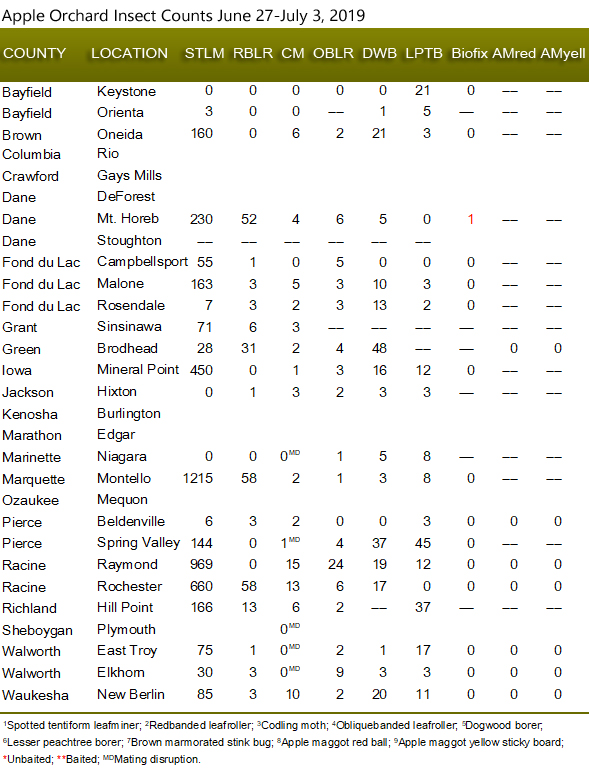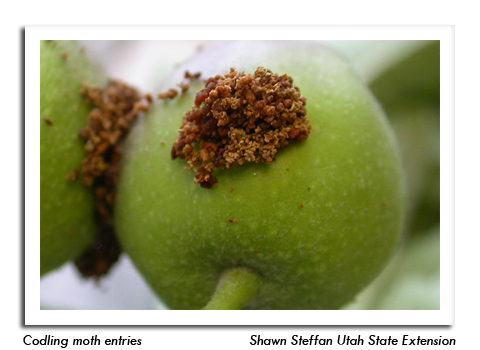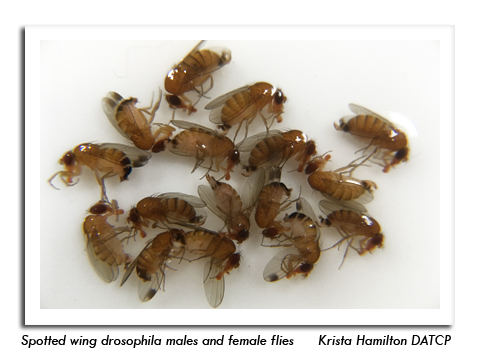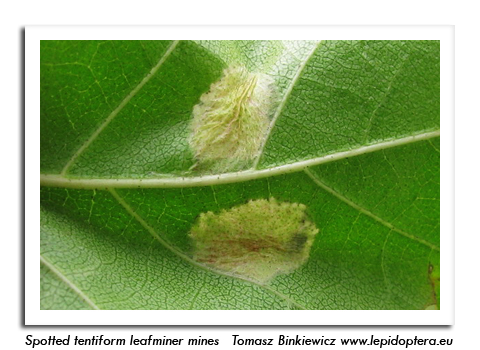
 |
|
|
Fruits
Volume 64 Number 10 Date 07/04/2019 JAPANESE BEETLE - Emergence has started and beetles are appearing in fruit and field crops. Neem oil products containing azadirachtin (e.g., BioNeem) are appropriate for organic systems and are most effective when applied repeatedly (every 3-4 days) while beetle populations are low and the first adults are just starting to move into vineyards and orchards. Products sold as "neem oil" that do not list the ingredient azadirachtin on the label are not effective against Japanese beetle. PyGanic is another organically acceptable method for immediate contact control, but the material dissipates quickly if applied during the day. A third option is Surround WP (kaolin clay) which deters both Japanese beetle and apple maggots, although its efficacy against Japanese beetle is inconsistent. CODLING MOTH - The first flight is expected to decrease soon. The weekly average count based on reports from 22 orchards was four moths per trap, which compares to six per trap last week. Apple growers should continue to monitor degree days and trap captures until 700 degree days (base 50°F) have accumulated from the spring biofix, to determine if late flights require treatment. Orchards near Janesville, La Crosse and Madison have accumulated about 450-575 degree days since June 1 when the biofix was recorded at southern sites. SPOTTED WING DROSOPHILA - This invasive fly is particularly challenging for organic growers due to the limited number of organically approved and effective insecticides. The newly developed guide "Management Recommendations for Spotted Wing Drosophila in Organic Berry Crops," published in June 2018, provides a list of non-chemical and insecticide approaches to protect berry crops against SWD. Controlling SWD requires a rigorous, persistent and diverse management plan. Download the guide here: https://www.canr.msu.edu/ipm/uploads/files/SWD/SWDOrganicBerryCrops.PDF POTATO LEAFHOPPER - The above-threshold populations common in alfalfa could translate into fruit tree damage as harvesting of second-crop hay increases this month. Levels are already high in southern and central orchards, and some growers have applied PyGanic for leafhopper control. Non-bearing, one- to two-year-old trees are most susceptible to leafhopper feeding and should be monitored for upwards leaf cupping and yellowing of terminal shoots. Treatment is justified at levels of one or more nymphs per leaf when hopperburn symptoms are developing. SAN JOSE SCALE - First-generation nymphs or crawlers began emerging in southern Wisconsin orchards 2-3 weeks ago, and are beginning to settle onto the fruits and leaves. Continued sampling by taping scaffold branches is advised to confirm that nymph activity is complete. Neonicotinoids, insect growth regulators or other materials directed against mobile crawlers are ineffective once the scales have begun to secrete their waxy covering. SPOTTED TENTIFORM LEAFMINER - Moths of the second flight are emerging in greater numbers, with pheromone trap counts ranging as high as 1,215 per trap and averaging 215 per trap. This is up markedly from last week's average of 78 per trap. Peak moth activity should occur by mid-July across southern and central Wisconsin and a week or two later in the southeastern, east-central and northern areas. Apple orchards with populations exceeding one mine per leaf or a history of STLM damage are candidates for control of second-generation larvae. -- Krista Hamilton, DATCP Entomologist 





|
|
|